 Seeds and Germination
Seeds and Germination
 Grow Setup
Grow Setup
 Seedling Stage
Seedling Stage
 Vegetative Growth
Vegetative Growth
 Pre-flowering
Pre-flowering
 Flowering
Flowering
 Ripening
Ripening
 Harvesting
Harvesting
 Drying
Drying
 Curing
Curing
 Troubleshooting
Troubleshooting
 Training Techniques
Training Techniques
Tackling the Cannabis Seedling Stage Like an Expert Grower
 15 Minute Read
15 Minute Read
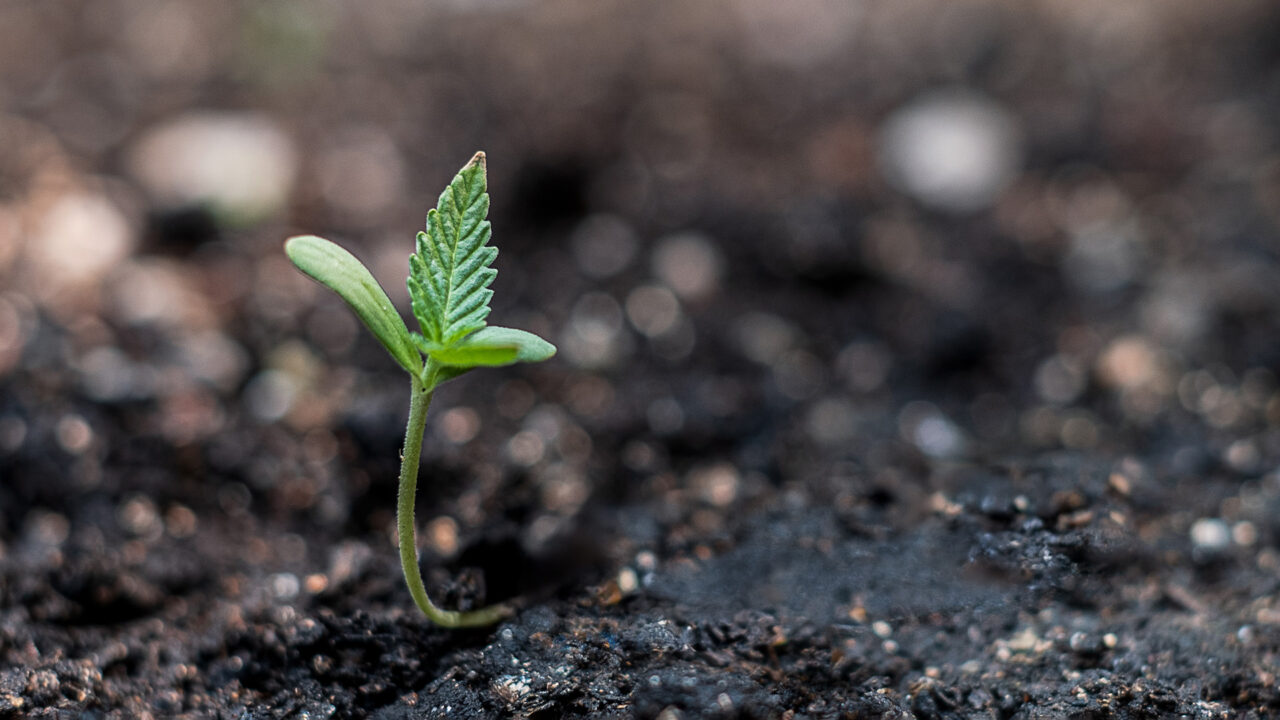
PUBLISHED: July 30, 2024
The seedling stage is one of the most delicate phases in your cannabis plant’s life. This is where the magic begins, where those tiny germinated seeds start their journey to becoming robust, resinous plants. Getting it right here sets the stage for a healthy grow. Let’s dive into the essentials of nurturing your seedlings, drawing from both my experiences in the grow room and a touch of Hollywood magic.
Back when I was starting out, I was juggling my cannabis grow with working on a film set. One night after a long shoot, I came home to find my seedlings stretching like crazy because I had set the light too high. It was a pivotal moment—adjusting the light was like hitting that perfect take. Just as bad lighting can ruin a scene, improper lighting can stunt your plants’ growth. From then on, I treated my grow room like my film set, ensuring everything was perfectly in place for a flawless performance.
We begin by discussing the importance of properly transferring germinated seeds to soil. Choosing the right soil mix is crucial; it should be light and airy to promote healthy root growth and prevent waterlogging. The article provides detailed instructions on how to gently plant the germinated seeds, emphasizing the care needed to handle the delicate taproot.
Next, we cover the light requirements for seedlings, highlighting the benefits of using fluorescent lights or LEDs. These lights offer the right spectrum and intensity without producing excessive heat. Proper light distance and duration are crucial for seedling development, with recommendations to keep lights close enough to prevent stretching but not so close that they cause burning. This section ensures that growers provide the optimal lighting conditions for their young plants.
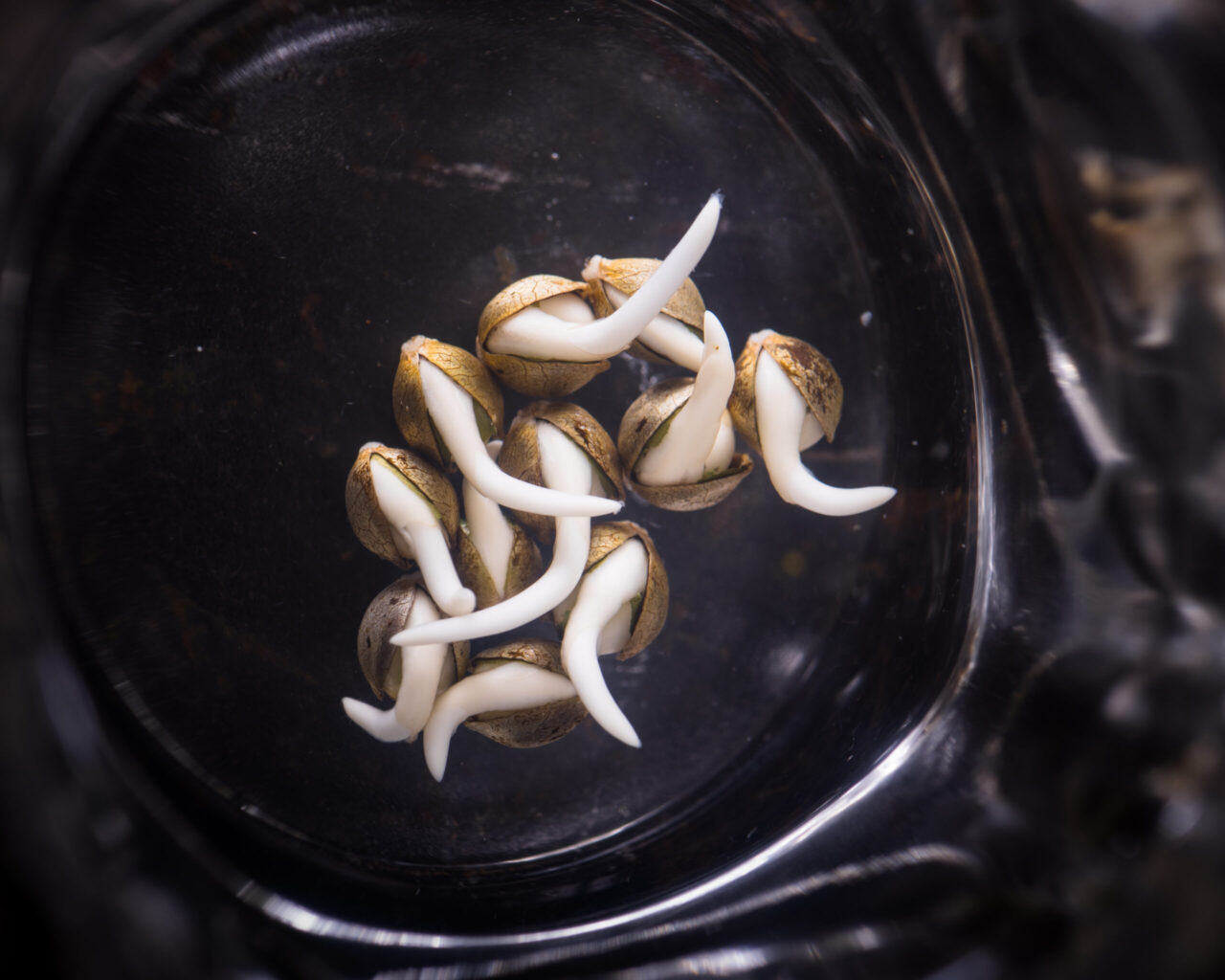
Watering seedlings correctly is another critical topic we address. The article explains the fine line between overwatering and underwatering, offering practical tips on how to water gently and check soil moisture levels. Healthy seedlings should have vibrant green leaves, sturdy stems, and a steady growth rate, with roots developing strongly. Common problems such as stretching, yellowing leaves, and damping off are discussed, along with their causes and solutions, providing growers with the knowledge to tackle these issues effectively.
Transferring Germinated Seeds to Soil
Once your seeds have germinated and those little taproots start peeking out, it’s time to transfer them to soil.
Choosing the right soil is crucial. Use a light, airy soil mix that’s suitable for seedlings. It should be well-draining to prevent waterlogging. I remember the first time I used a heavy soil mix, my seedlings struggled to push through. Lesson learned: keep it light and fluffy.
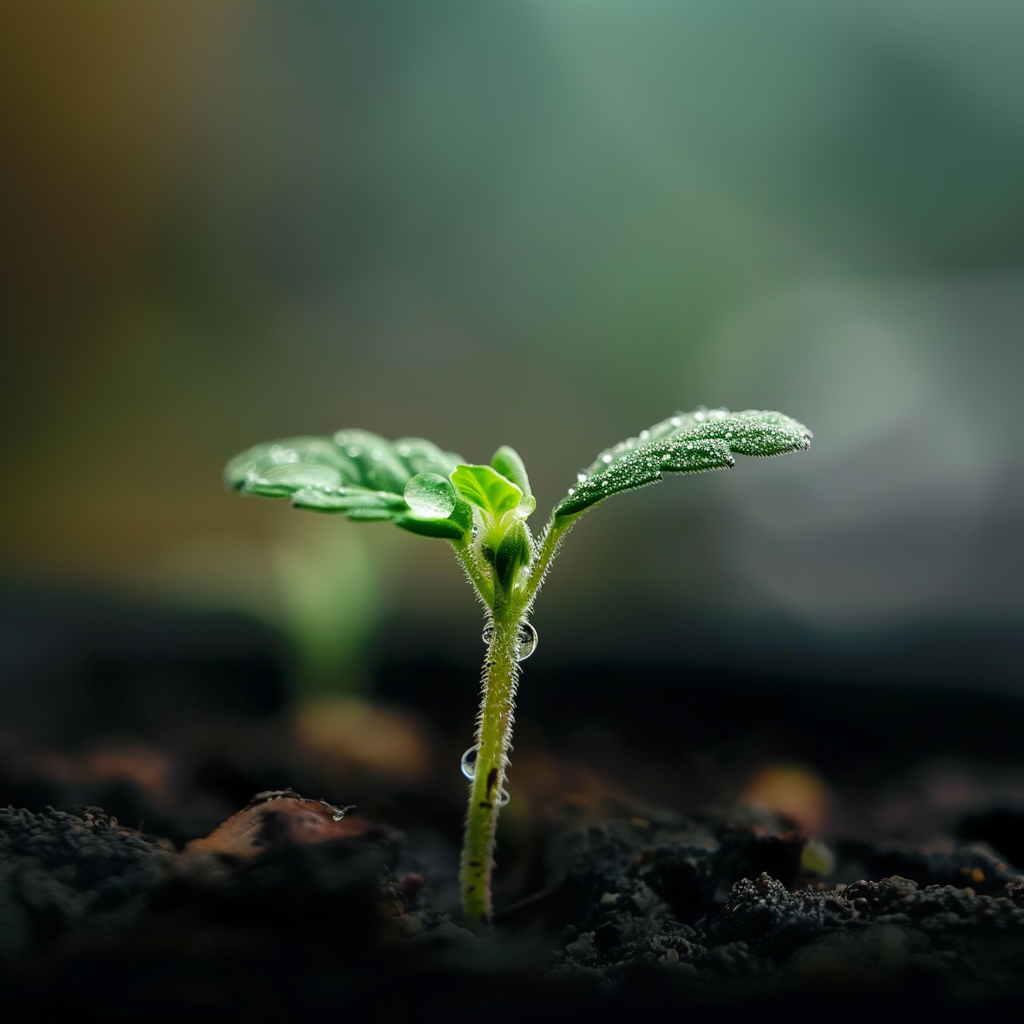
Make a small hole about a quarter-inch deep in the soil. Gently place the germinated seed root down into the hole and cover it lightly with soil. Be very gentle to avoid damaging the delicate taproot. It’s a bit like handling a fragile film reel—one wrong move, and you could ruin the whole show.
How deep should I plant germinated seeds?
About a quarter-inch deep. Too deep, and the seedling might struggle to break through the soil; too shallow, and it might dry out.
What type of soil should I use for seedlings?
A light, airy mix that’s well-draining is best. Avoid heavy soils that can retain too much water.
Should I pre-soak the soil before planting the seeds?
Yes, slightly moistening the soil before planting can help create a welcoming environment for the seedlings. Just make sure it’s not waterlogged.
Light Requirements for Seedlings
Seedlings need just the right amount of light to grow strong without getting burned.
Fluorescent lights or LEDs are perfect for seedlings. They provide gentle, even light without generating too much heat. I started my first successful batch under simple fluorescent tubes, and they thrived.
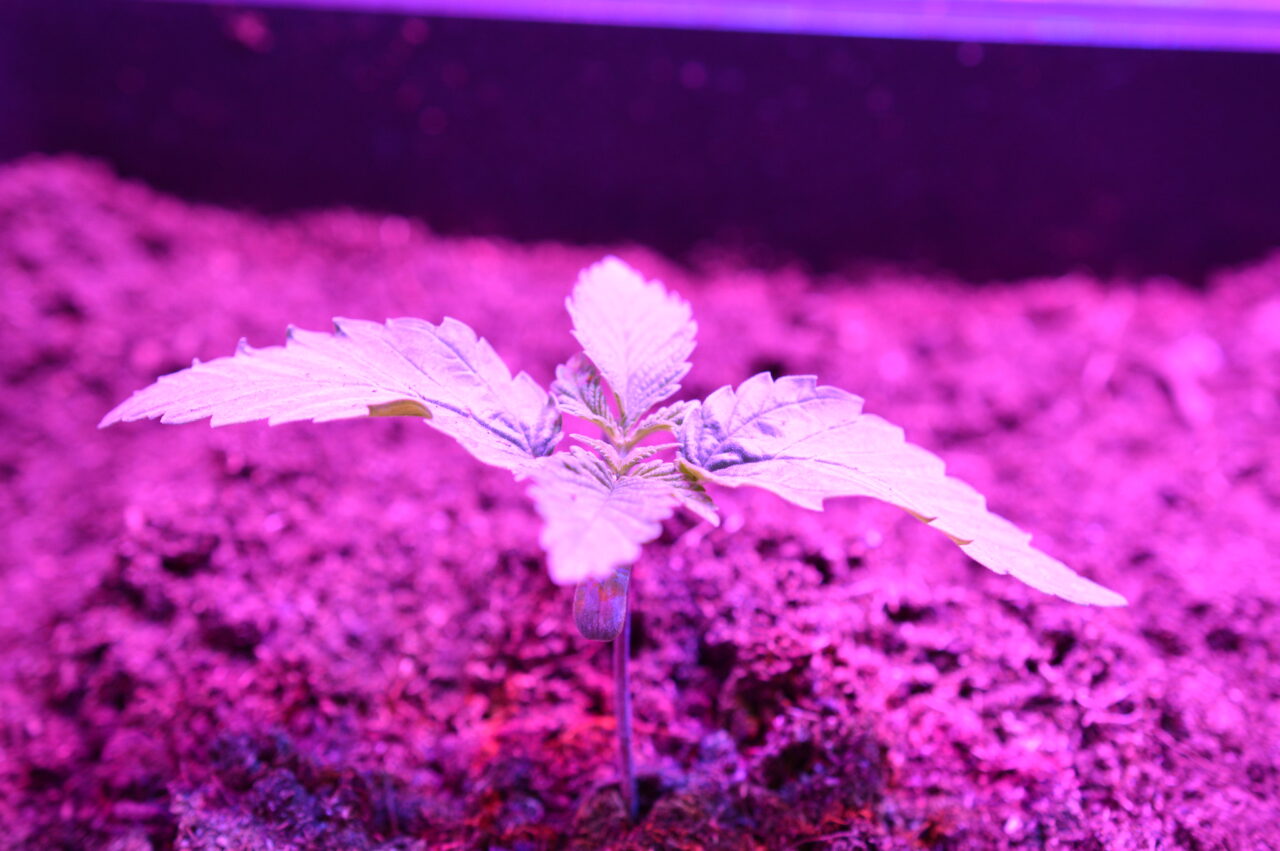
Keep the lights about 2-3 inches above the seedlings. If you’re using LEDs, they can be placed a bit higher, around 12-24 inches depending on the intensity. Seedlings need about 18-24 hours of light per day to develop strong roots and leaves. Think of it as giving your young actors all the stage time they need to perfect their performance.
Why are fluorescent lights or LEDs recommended for seedlings?
They provide the right spectrum and intensity of light without generating excessive heat, which can be harmful to young plants.
Can I use other types of lights for seedlings?
While it’s possible, other lights like HPS or MH can generate too much heat and aren’t as effective for seedlings as fluorescents or LEDs.
Should the lights be on 24/7 for seedlings?
Seedlings need about 18-24 hours of light per day. While some growers use 24 hours of light, 18 hours of light and 6 hours of darkness works well too.
Watering Seedlings Properly
Watering seedlings can be tricky. Too much water can drown them, while too little can cause them to dry out.
Water gently around the base of the seedlings. Use a spray bottle or a small watering can with a fine nozzle to avoid displacing the soil. The soil should be kept moist but not waterlogged. I remember overwatering my first seedlings—they ended up drooping and lifeless. It’s a fine line to walk, but with practice, you’ll get it just right.
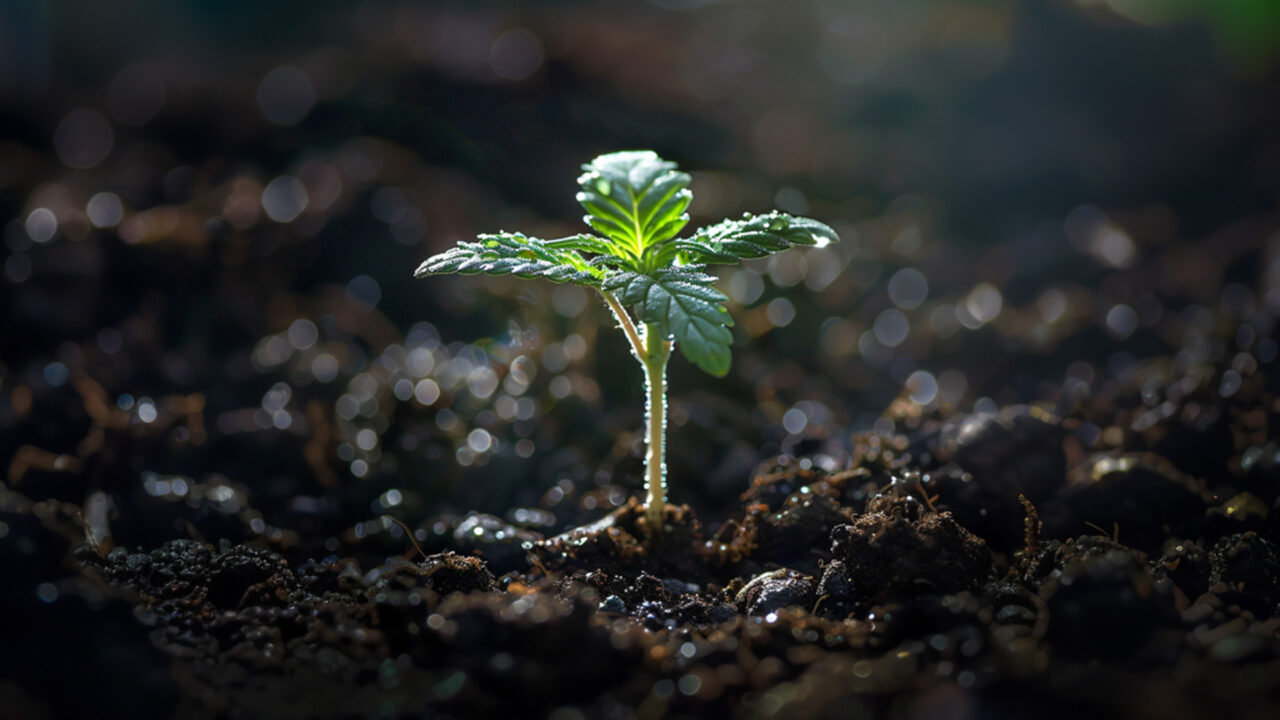
Check the soil daily. If the top inch feels dry, it’s time to water. Seedlings have small root systems and can’t handle drying out completely. Imagine trying to film a scene in the desert without enough water—disaster!
How often should I water seedlings?
Check the soil daily. Water when the top inch feels dry.
What is the best way to water seedlings?
Use a spray bottle or a small watering can with a fine nozzle to water gently around the base of the seedlings.
Can I use tap water for seedlings?
It depends on your tap water quality. If it’s high in chlorine or other chemicals, it’s better to use filtered or distilled water.
Identifying Healthy Seedling Growth
Healthy seedlings are a joy to behold. Here’s what to look for:
They should have vibrant green leaves and sturdy stems. The leaves should be spread out, not curling or showing signs of discoloration. Seedlings should be steadily growing taller and developing new sets of leaves. If they seem stagnant or are stretching too much, it could indicate a light issue. Healthy seedlings will start to develop a strong root system. If you gently lift the edge of the soil, you should see white, healthy roots spreading out.
What do healthy seedlings look like?
They should have vibrant green leaves, sturdy stems, and be steadily growing taller with new sets of leaves.
How can I tell if my seedlings are healthy?
Look for vibrant color, steady growth, and well-developed root systems.
Are some strains more vigorous as seedlings than others?
Yes, different strains can exhibit different growth patterns. Some may grow faster and taller, while others remain shorter and bushier.
Common Seedling Problems and Solutions
Even with the best care, issues can arise. Here’s how to tackle some common seedling problems:
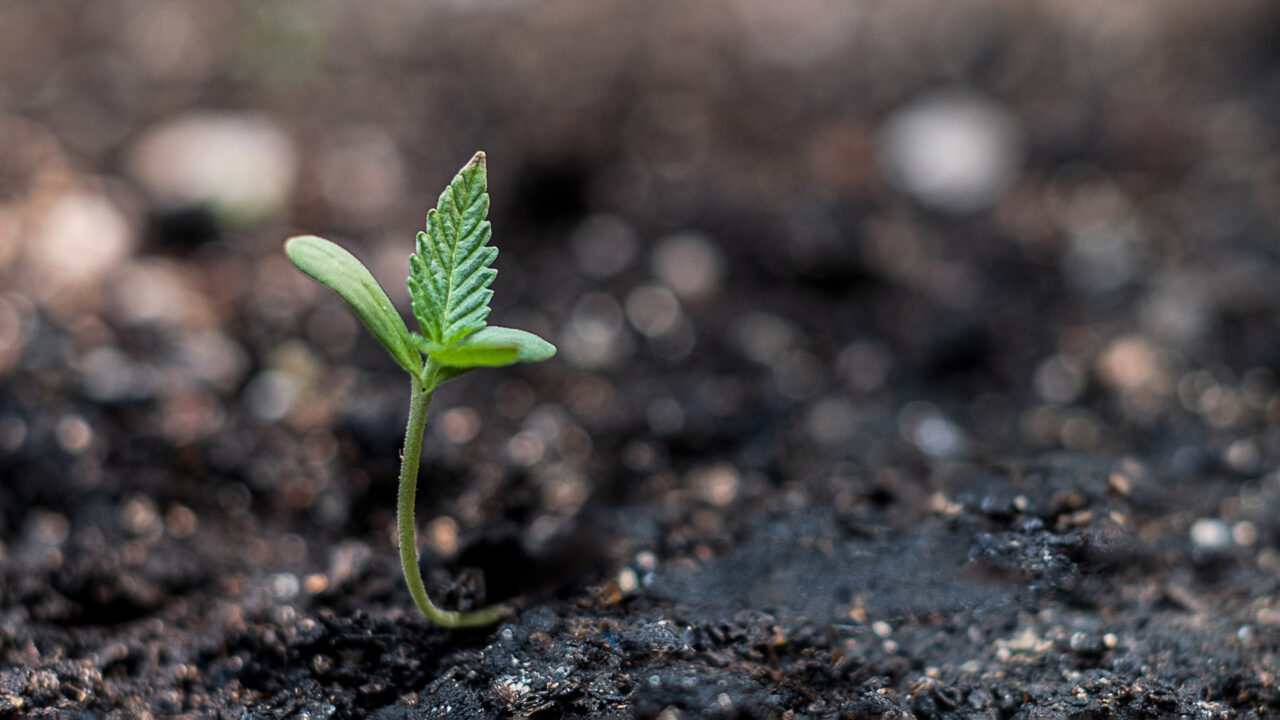
- Stretching: If your seedlings are growing tall and spindly, they’re not getting enough light. Move the light closer to encourage them to grow more compactly.
- Yellowing Leaves: This could be a sign of overwatering or nutrient deficiency. Check your watering routine and ensure you’re not using nutrient-rich soil that might burn the young plants.
- Damping Off: A fungal disease that causes seedlings to wilt and die. It’s usually due to overwatering and poor air circulation. Ensure your soil is well-draining and avoid overwatering.
- Leaf Curling: This can be caused by various factors including overwatering, underwatering, or nutrient imbalances. Make sure your watering schedule is consistent and that your soil and nutrient mix are appropriate for seedlings.
- Slow Growth: If your seedlings are growing slowly, it could be due to low temperatures, inadequate light, or poor soil quality. Ensure your grow room is warm enough, provide adequate light, and use high-quality soil.
- Pest Infestation: Seedlings can be susceptible to pests like aphids or fungus gnats. Inspect your plants regularly and use organic pest control methods if needed.
Why are my seedlings stretching?
They’re likely not getting enough light. Move the light closer to prevent stretching.
What causes yellowing leaves in seedlings?
Overwatering or nutrient deficiency are common causes. Check your watering routine and soil quality.
What is damping off and how can I prevent it?
Damping off is a fungal disease caused by overwatering and poor air circulation. Use well-draining soil and avoid overwatering.
Why are my seedling leaves curling?
Leaf curling can be caused by overwatering, underwatering, or nutrient imbalances. Ensure your watering schedule is consistent and that your soil and nutrient mix are suitable for seedlings.
Why are my seedlings growing slowly?
Slow growth can be due to low temperatures, inadequate light, or poor soil quality. Ensure your grow room is warm enough, provide sufficient light, and use high-quality soil.
How can I prevent pest infestations in seedlings?
Inspect your plants regularly for signs of pests and use organic pest control methods if needed. Maintaining a clean grow space also helps prevent infestations.
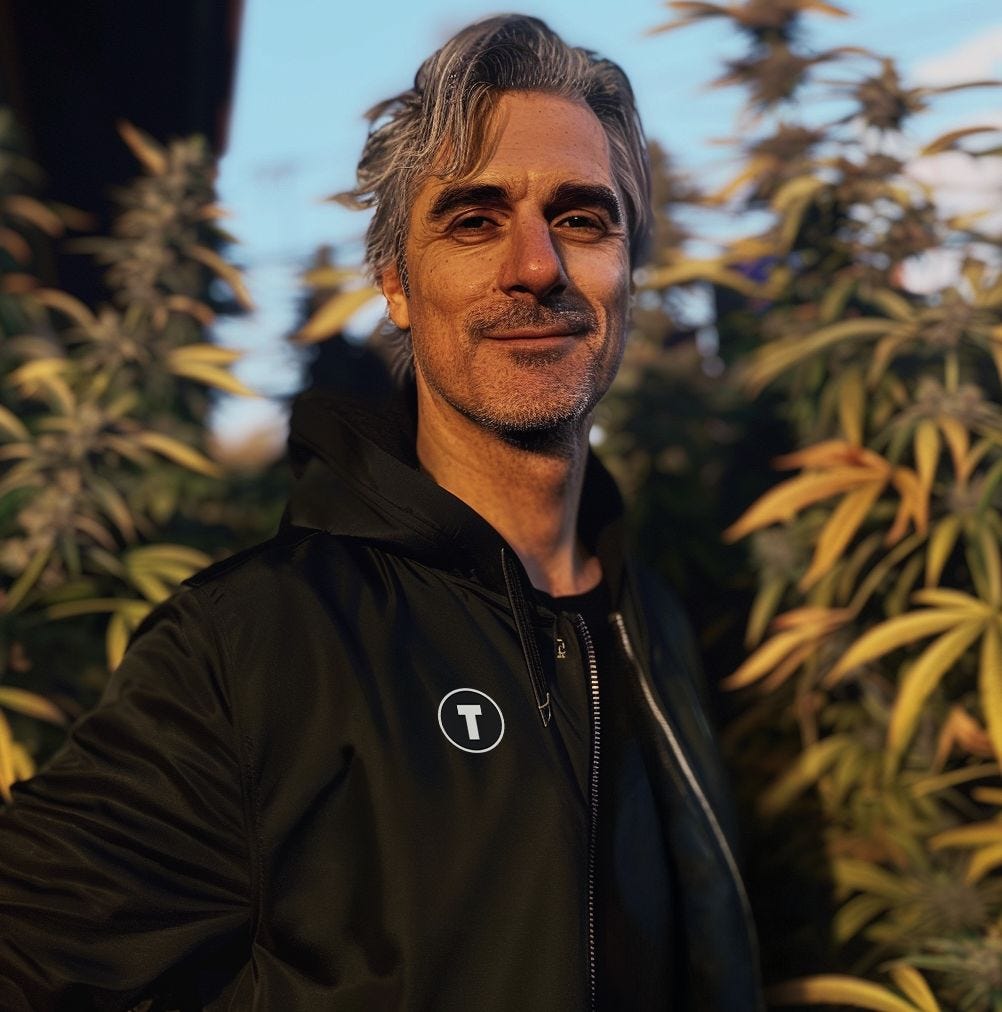
Mike Titan, the founder of Titan Seeds, is a seasoned cannabis cultivator and the mastermind behind the comprehensive grow guide available on the Titan Seeds website.



